The 5 Best Security Camera Placements
Adding a security camera to your home is a wise investment to protect both your family and your belongings. Regardless of the location of your home, every home is susceptible to home burglaries. Even homes in the safest of areas! Not to mention, adding a security camera is also useful to monitor indoor activities, such as your pets and children, while you’re away. Keep a close eye on your babysitter from anywhere!
Selecting Home Security Cameras
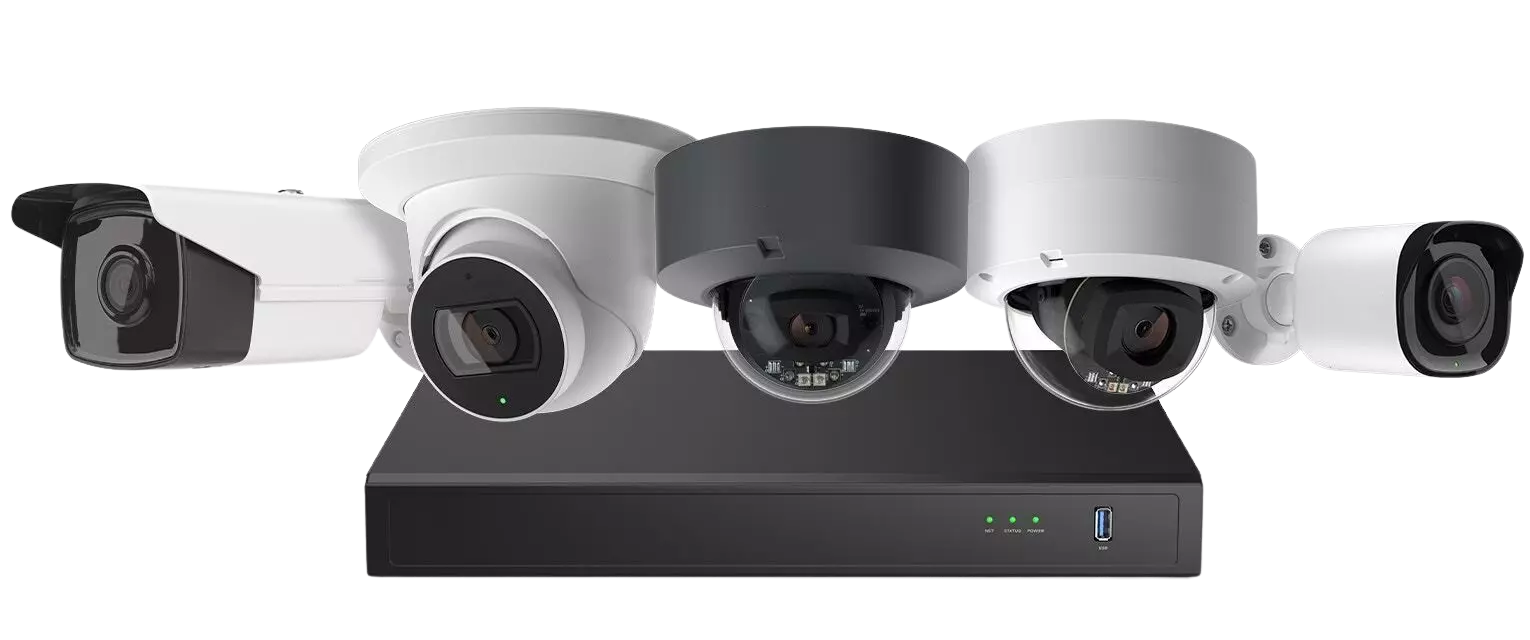
When selecting a security camera, finding one with clear, visible images and surveillance is a top priority. In addition to quality, the placement of your security cameras is also a top priority. Security cameras are only effective if placed in the best spots throughout your home.
Poor placement of security cameras completely defeats the purpose of adding them to start! If you’re considering adding security cameras to your home, consider these five best security camera placements for maximum security. After reading, you’ll know exactly where your home security cameras should be placed!
1. High Up Locations (Exterior and Interior)
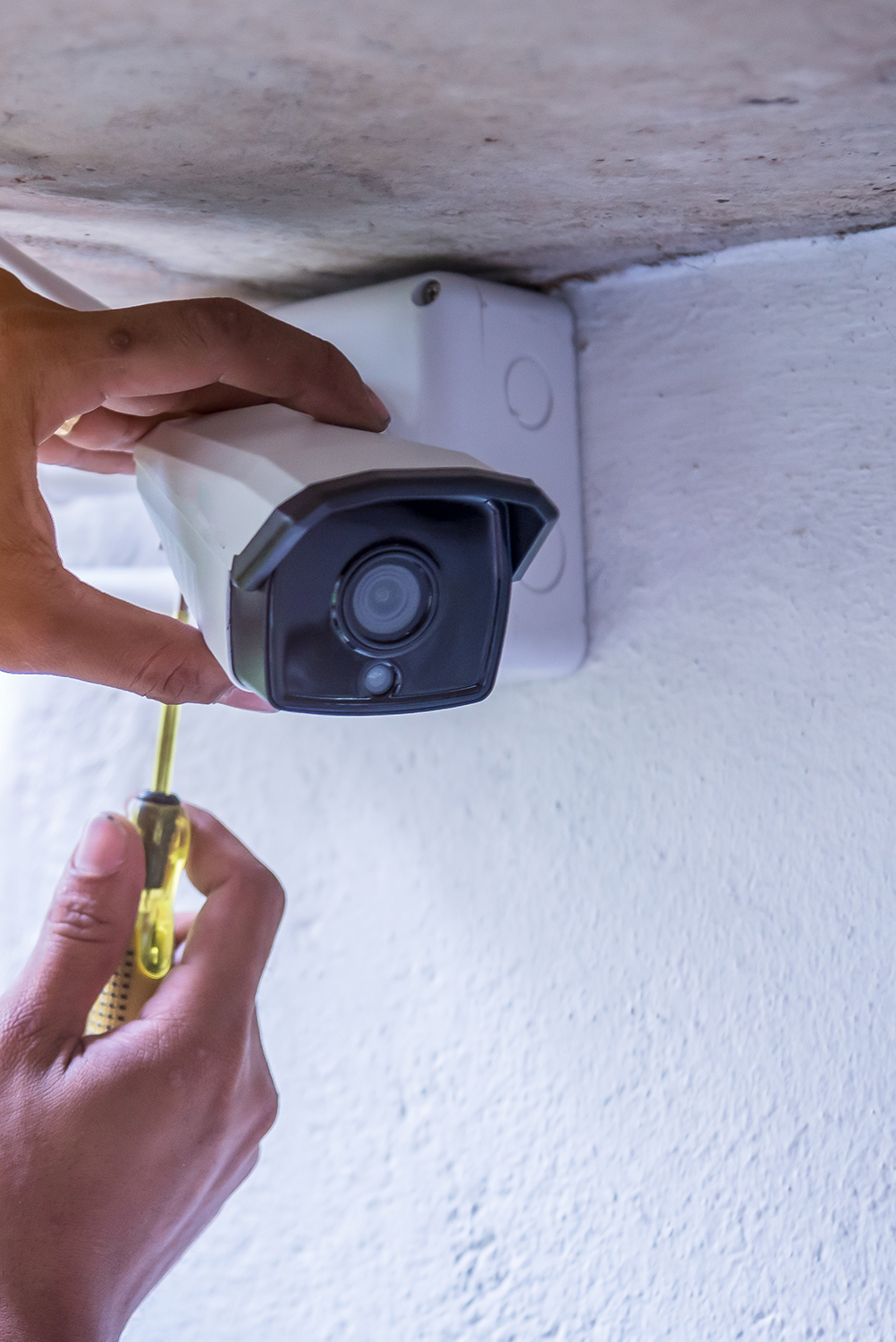
Security cameras should be placed high up, allowing them to view the largest area possible. For exterior home security cameras, placement should be on the second-story level, at least eight to ten feet above the ground. By placing your camera at this optimal height, it can capture fine details and images but remain conspicuous and out of reach by potential intruders. Placing security cameras high up also prevents them from being knocked down or damaged.
Interior security cameras should be placed near the ceiling level. When placing your home security cameras, be sure to make sure they’re correctly attached to the surface. Proper mounting is equally as important as proper placement! In addition, when placing your camera, avoid pointing it directly at the sun. Bright lights will cause significant glare and make your images unclear. Consider the light at different points throughout the day when placing your security cameras.
2. Common Areas Inside
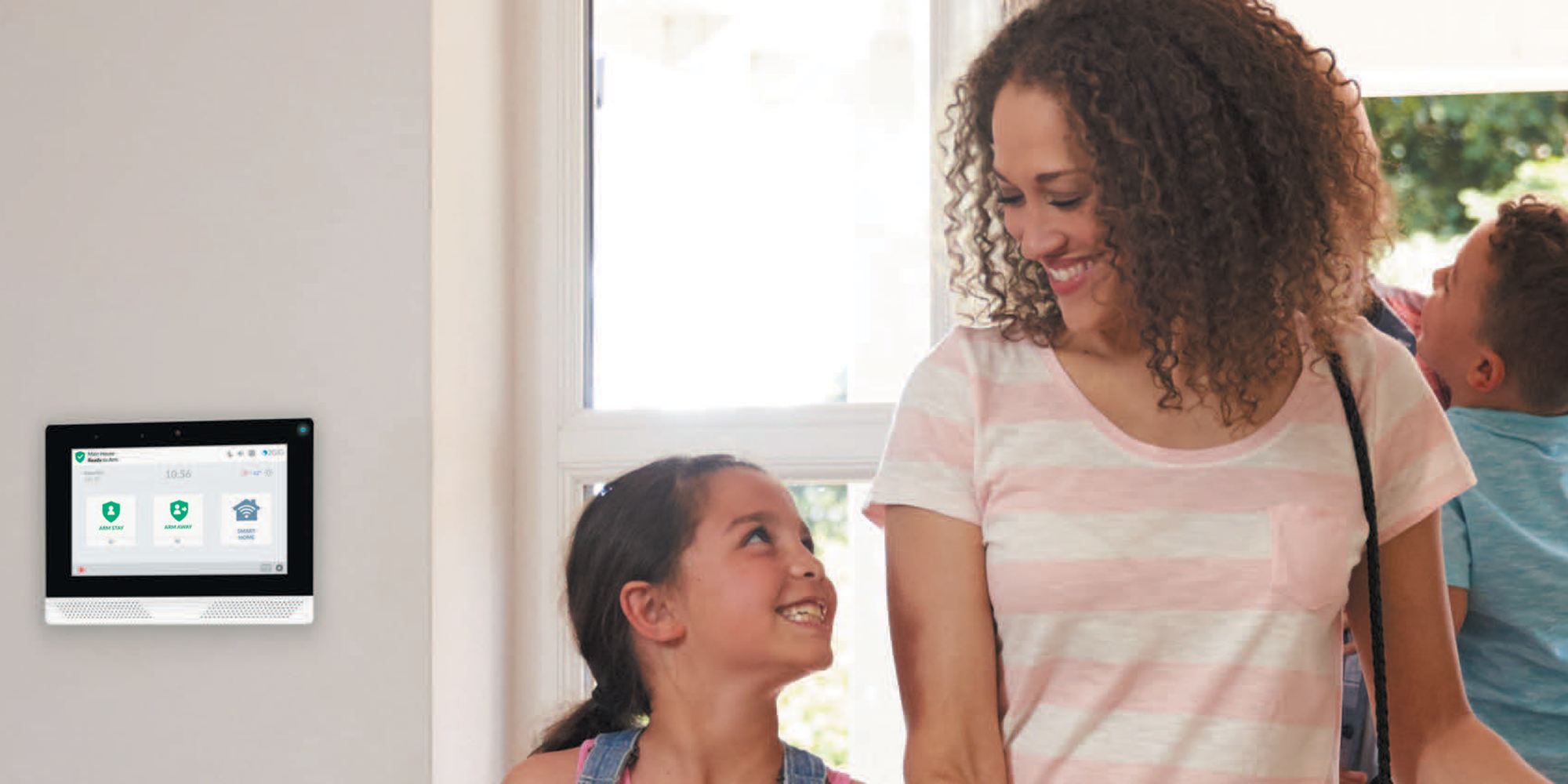
When placing interior security cameras, you’ll want to place them in common areas where people tend to gather. For homeowners using interior cameras to watch pets or children while they’re away, think about where they spend the most time in the home. Any rooms with large, ground-floor windows should be a priority when placing your security cameras. Some common areas to place a camera include the master bedroom and living room or family room.
3. First Floor Access Points
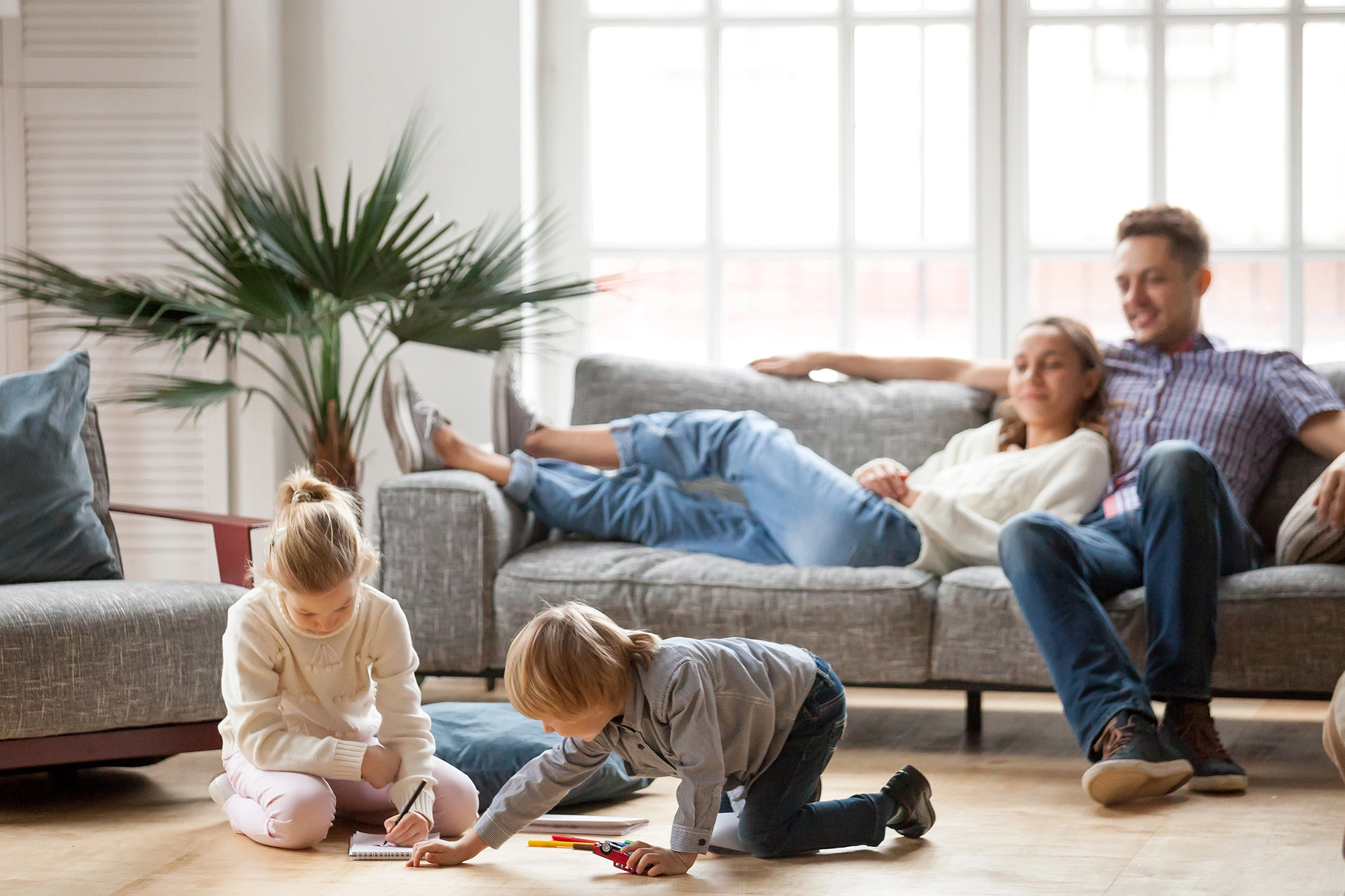
In addition, interior security cameras should be placed near first-floor access points. Many home intruders attempt to enter through these access points. This includes first-floor windows, side doors, back doors, or even basement entrances. Research shows that approximately 22% of break-ins happen through a back door. Placing a camera near the back door can help you feel safe and protected.
4. Garages & Driveways
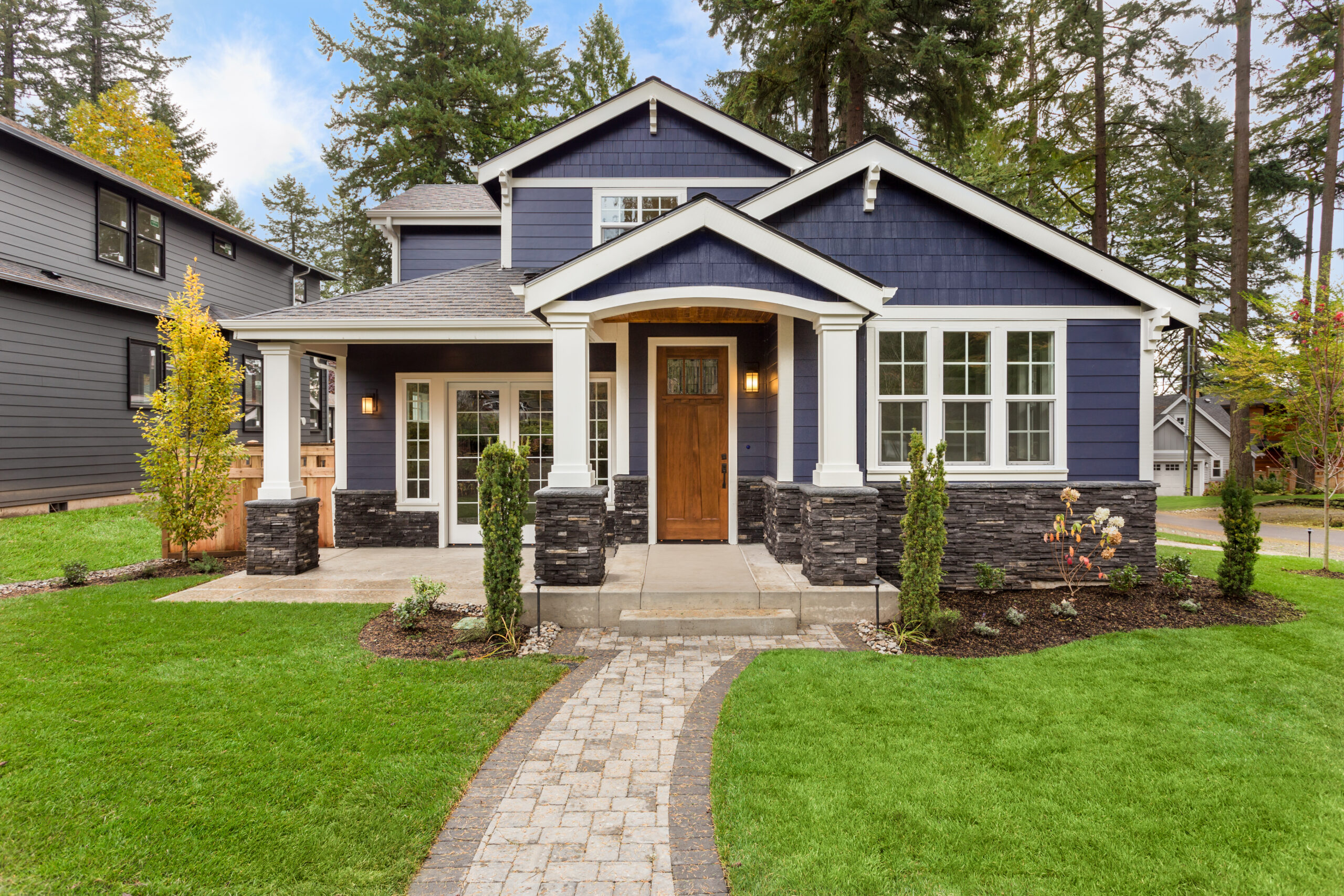
Another common entry point for burglars is to break in through your garage door. However, many homeowners completely forget about securing their garage when considering security camera placements. The placement of a camera pointed at your garage or driveway is highly recommended in addition to a monitored home security system. In your garage, you may store expensive items such as tools, bikes, and vehicles. For homes with detached garages, placing a camera here can help you monitor activity while you’re in the main part of the home.
5. Stairways
You might also wish to consider placing a security camera that can monitor the staircases in your home. Homes with balconies or basements with stairways that lead to entry points can benefit from this added security.
Placement Tips for Security Cameras

When placing your security cameras in the five locations mentioned above, consider the following tips:
- For dark areas, consider adding low-light security cameras. Another option is to add a motion-activated light, which will automatically turn on when it senses a potential burglar in the vicinity.
- Ensure your security cameras are properly placed by the guidelines recommended by the manufacturer.
- Reduce missing footage in critical blindspots by placing security cameras in corners. This allows the camera to detect a larger area and catch any suspicious activity.
- Protect your cameras from weather damage with casing. To avoid tampering, heavy-durty mounting hardware is essential.
- Give thought to the best type of security camera solution for your needs. Both wired and wireless systems are available. Wireless systems require more battery maintenance, however, they are easier to install. In contrast, wired security cameras may provide more reliable security. However, they require hard wiring which may be a bit more labor intensive.
Picking out the best home security cameras, the best placements, and getting the best connections can be a daunting task. But fear not, that’s why True Protection is here. Give us a call today to customize your video surveillance & home security package.
